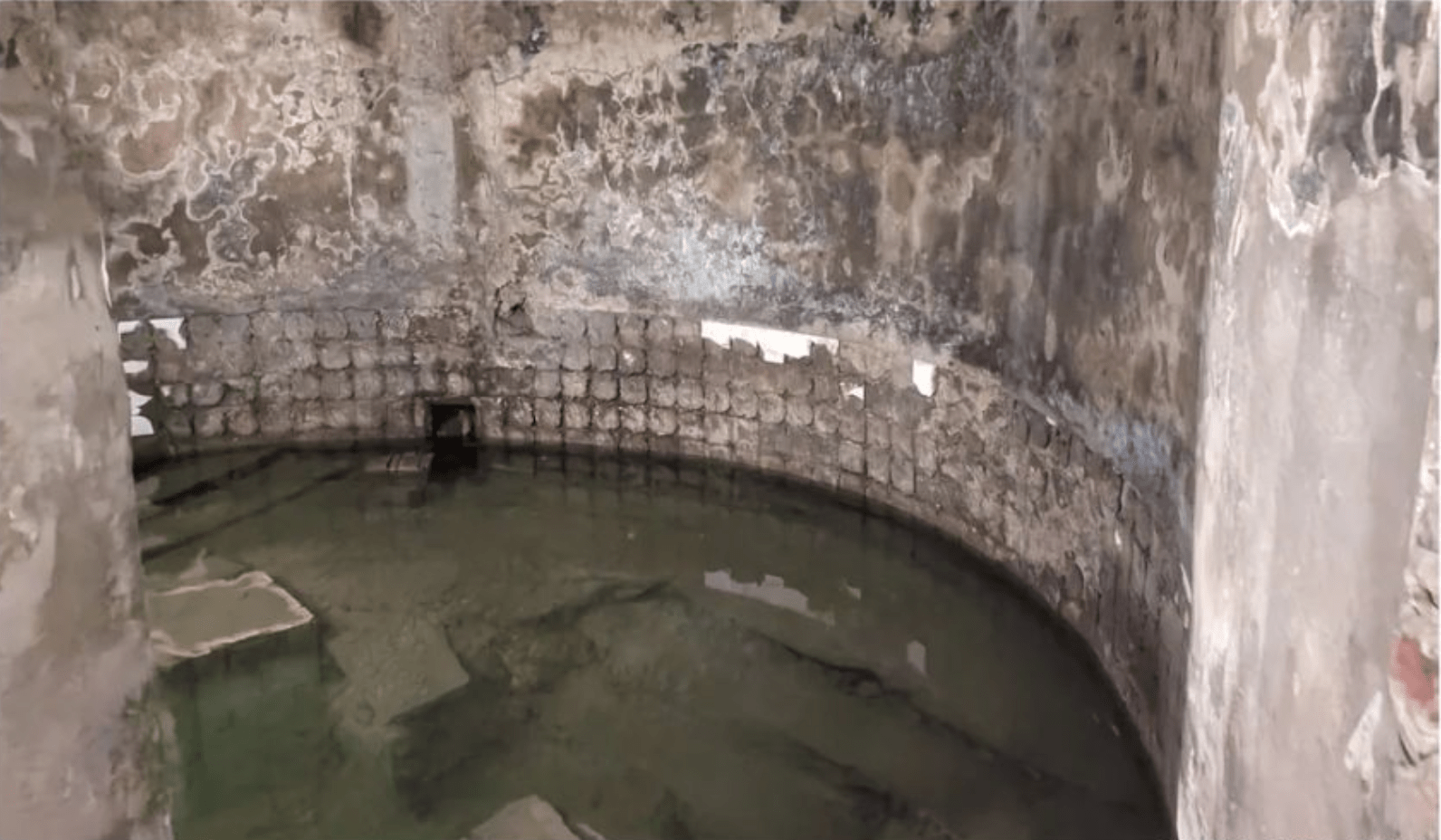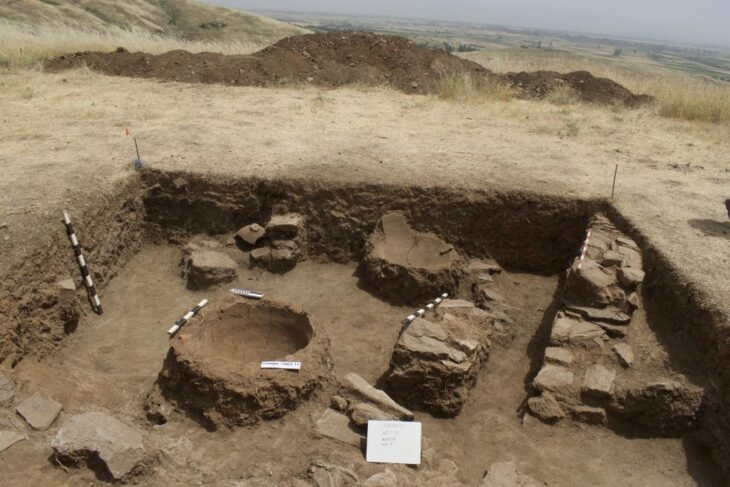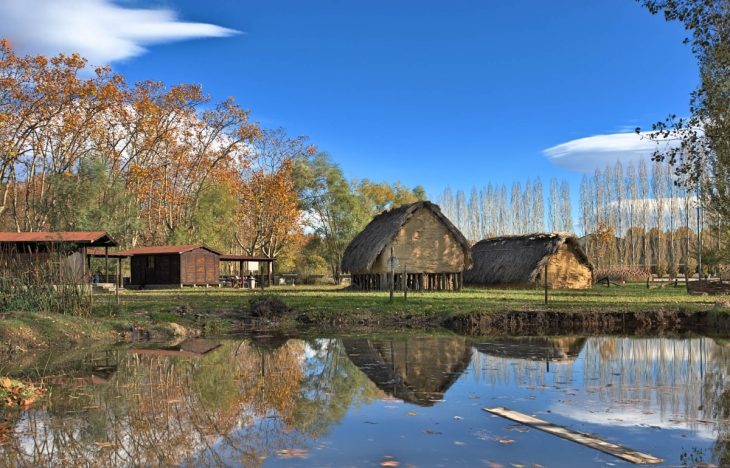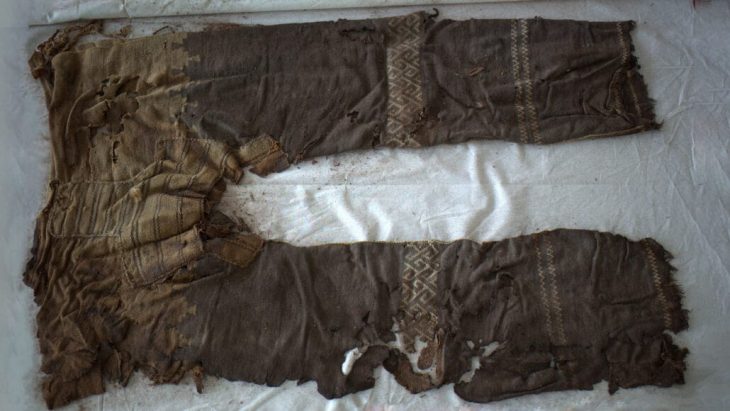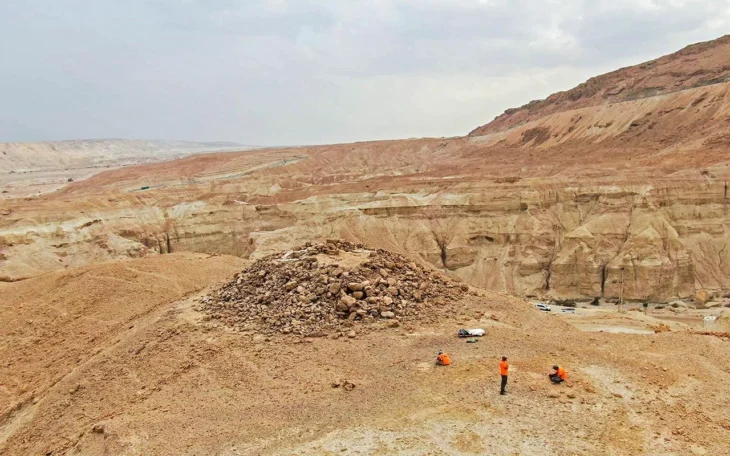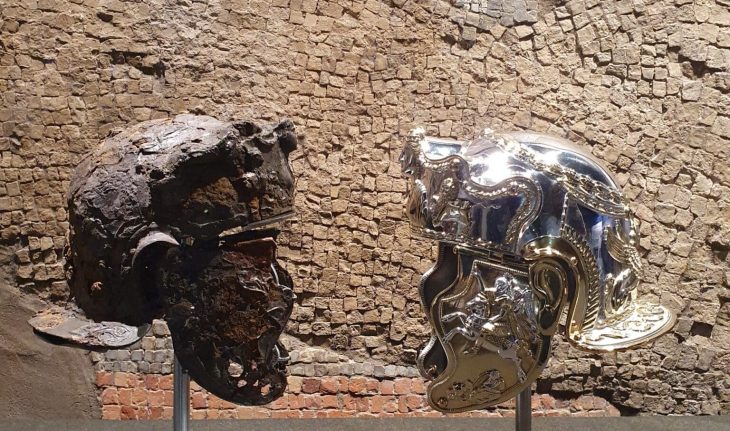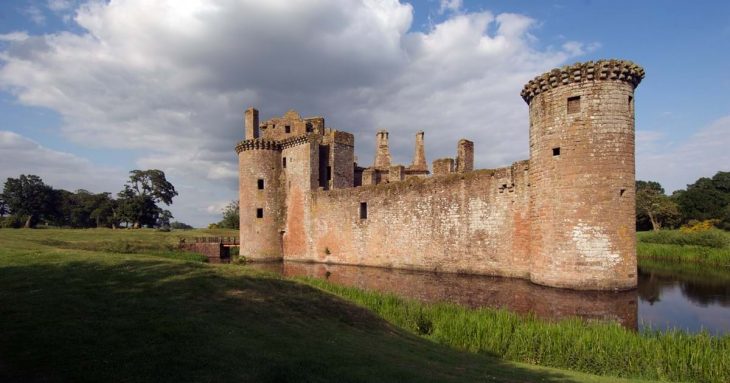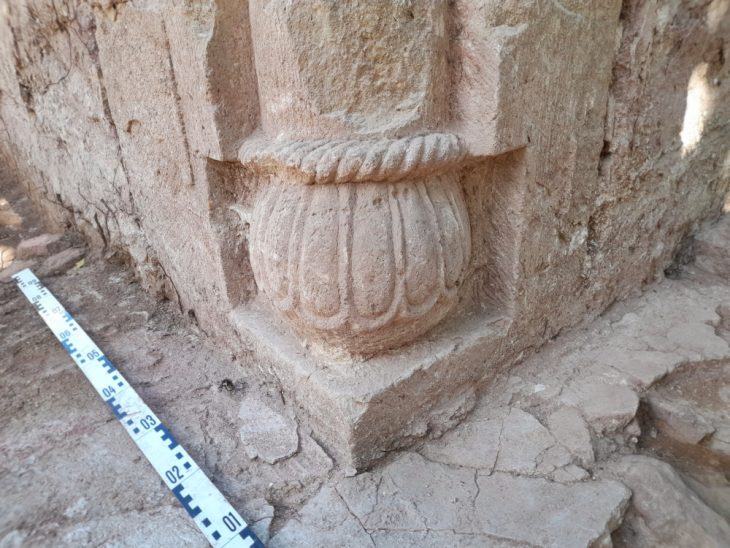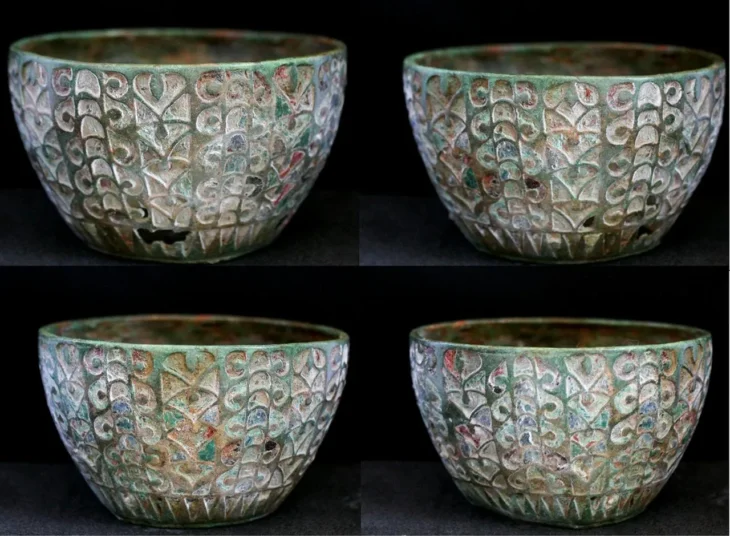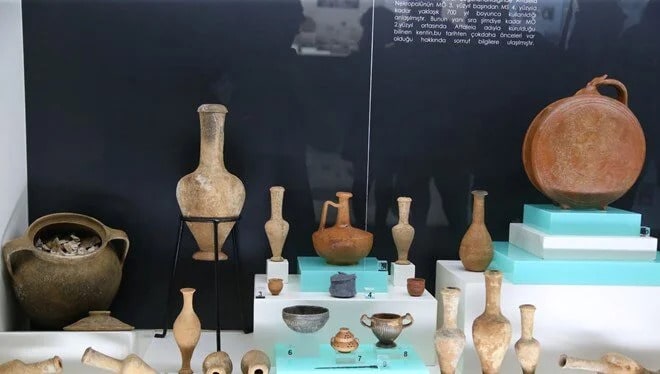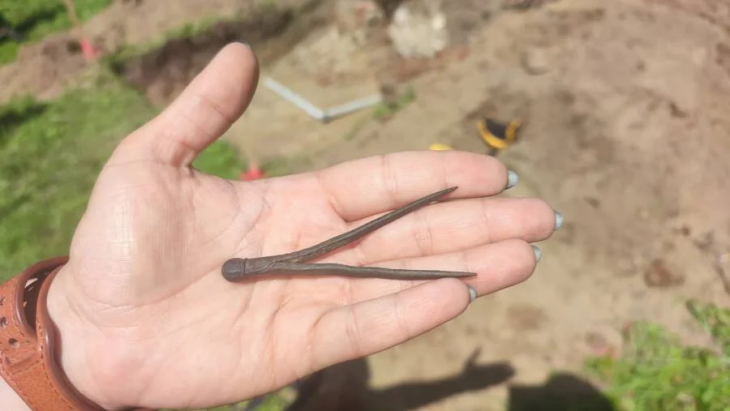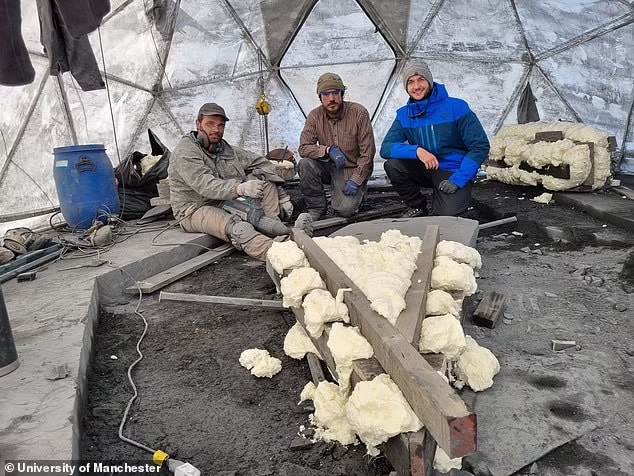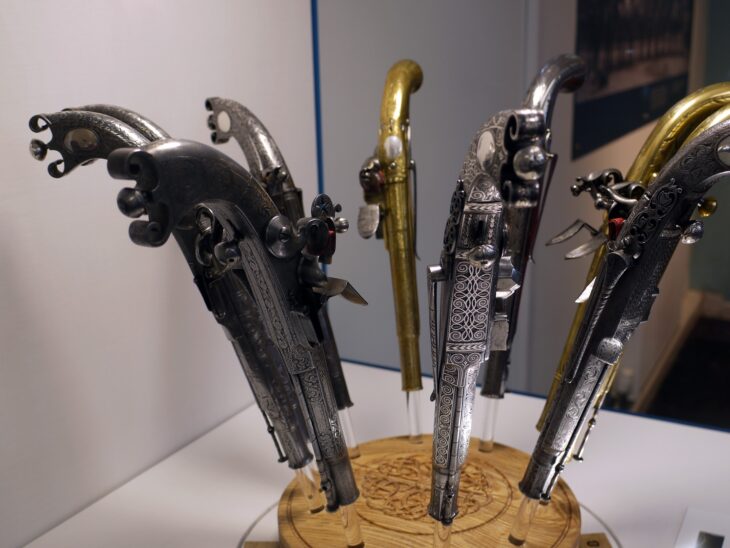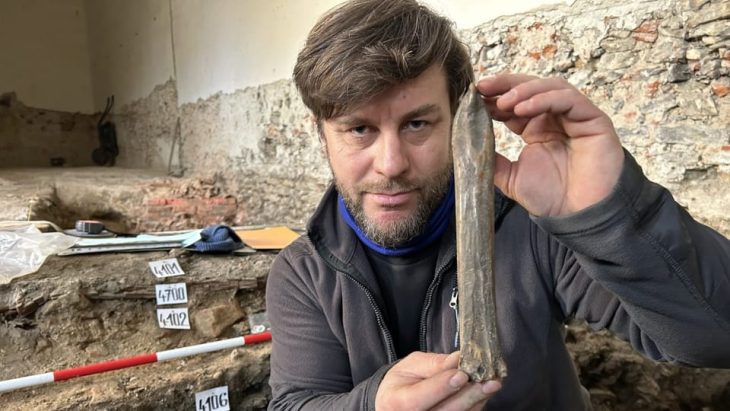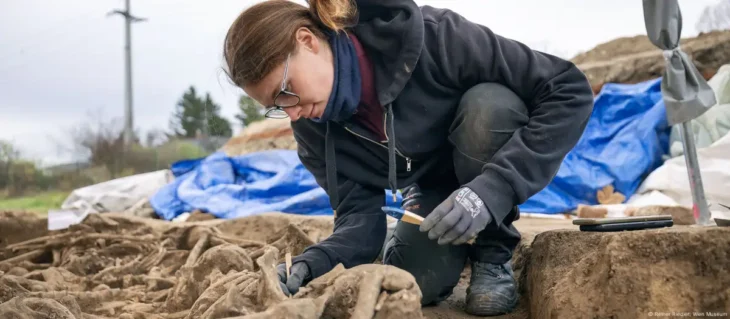Marian Zwolski, a Chmielnik businessman, bought a former nightclub that had been closed for 15 years a few years ago. When he opened the basement door to his new home, he found something unexpected: a mikveh, or Jewish ritual bath.
Before the Holocaust, the population of the town of Chmielnik, Poland, was around 80% Jewish. Sephardic Jews, having been expelled from Spain during the Inquisition, settled in Chmielnik and eventually built a synagogue in 1638.
After the war, only four Jews remained. Today, the building houses a museum of the town’s Jewish life and history. Now another Jewish heritage site has been discovered, in an unlikely place.
The Sphinx nightclub in the town of Chmielnik, in southern Poland, closed about 15 years ago. The bar in the deserted building is still visible, complete with a Heineken sign on the wall and a sign that states that no one under the age of 18 may be served alcohol. Additionally intact is the pole upon which strippers once performed.
The building was recently purchased by Marian Zwolski, a Chmielnik-native businessman and amateur historian. He was astounded by what he saw when he opened the door to the basement, which is located beneath the dance floor. He learned that he now owned a rare and magnificent Jewish heritage site.
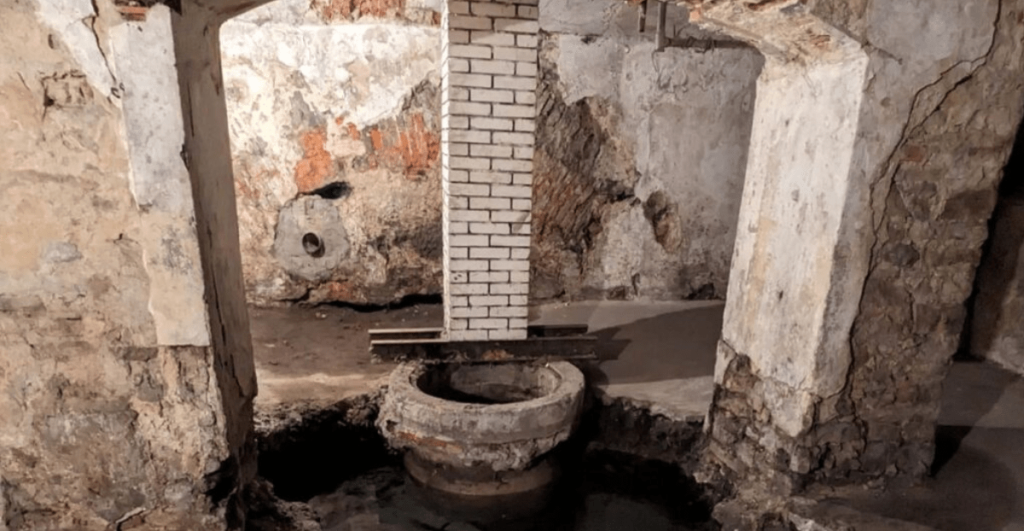
The bath’s blue and white floor tiles are still there, as are Stars of David on the wall. A smaller mikveh, likely used by women, is in a neighboring room.
“It’s astonishing,” said Meir Bulka, who advocates for the preservation of Jewish heritage in Poland, in an interview with Haaretz. “You enter the basement, and you’re in another world. It’s like a time capsule.”
Zwolski, who also operates a funeral home in nearby Kielce — the site of a 1946 pogrom that killed 42 Jews — told Haaretz he is hoping to turn his new mikveh into a tourist attraction, possibly a museum.
“I was born and raised here, so I care about the history of the place. I don’t want it to disappear,” Zwolski says. “I encourage the people to remember the past and I also call on you, the Jews, to preserve it and see to it that it is memorialized.”
Cover Photo: Ofer Adaret

